Antigua Guatemala
I’ve created pop-up cards featuring the buildings of Antigua Guatemala, a UNESCO World Heritage Site.
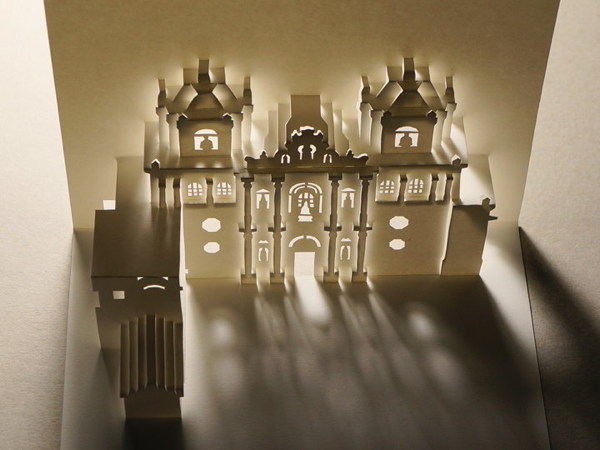
Antigua Guatemala is a city founded in 1543 by the Spanish colonial government as its capital.
(It was originally named Santiago de los Caballeros and later came to be known as Antigua.)
The capital was initially built elsewhere in 1524, but after two relocations, Antigua became the third capital. The Spanish colonial Viceroyalty of Guatemala was based here for over 200 years. At its peak, it boasted a population of 60,000 and flourished as the most splendid city in Central America.
However, in 1717, the area was struck by an earthquake. It is said that over 3,000 buildings collapsed at that time.
Furthermore, the 1773 Guatemala earthquake (also known as the Santa Marta earthquake) destroyed most of the city. Consequently, the Spanish king ordered the capital to be relocated to its current site. However, due to funding shortages and opposition from religious orders and churches resisting the move, it effectively began functioning as the new capital only around 1820.
The old capital of Antigua Guatemala still preserves many buildings and the ruins of churches and monasteries damaged by earthquakes. Earthquakes continued to occur even into the 20th century (1917, 1918, 1976), and buildings suffered damage each time.
Antigua comes especially alive during the annual Semana Santa (Holy Week). The dates vary by year, it is held in March or April.
In South America, the four days from Maundy Thursday to Easter Sunday are typically holidays. Antigua’s Semana Santa is renowned as one of the largest festivals in Central America, attracting tourists not only from Guatemala but from across Central and South America. The highlight is the Holy Friday procession, where devotees carry floats bearing statues of Christ and Mary in a parade.
(Reference : “67 Chapters to Discover Guatemala” 2nd Edition, edited by Mieko Sakurai: Akashi Shoten
“Globe-Trotter Travel Guide Book, Central America (2018-19)”: Diamond Inc.)
The photo at the beginning shows a pop-up card of La Merced Church in Antigua, Guatemala. Construction began in 1751 and was completed in 1767. The Holy Week procession of the Blessed Sacrament starts from this church and winds through the city. Inside the church, the ruins of the former church, destroyed by an earthquake, remain, and the fountain still standing in the courtyard is also famous.

This is the Church of San Francisco. While parts remain collapsed from the earthquake, it is still used as an active church. It houses the tomb of Pedro de Betancur (1626-1667), who was canonized as a saint, attracting many visitors.
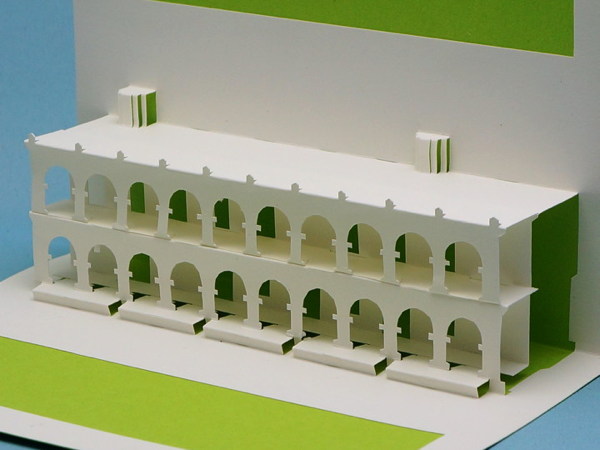
This is the City Office of Antigua Guatemala. This building reportedly withstood the earthquake.

I cut out the parts from the top and bottom margins and assembled them by gluing each piece together.
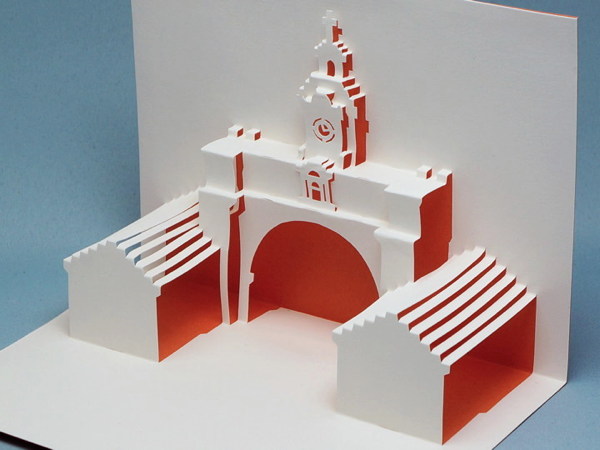
Finally, this is the Santa Catalina Arch. It seems the name “Clock Tower” is more commonly used. It’s now famous as a landmark in Antigua Guatemala, and I often see photos of it. Originally, it was built as a bridge for the nuns of the convent to cross the street to attend school without encountering people from the outside world. The clock was added later.
This time, I’m releasing the pattern for this Santa Catalina Arch.
Please feel free to use it if you like.
[Postscript]
The pattern release has ended. (2020-12-11)

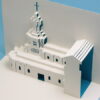
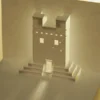
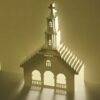

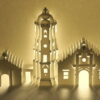
Recent Comments